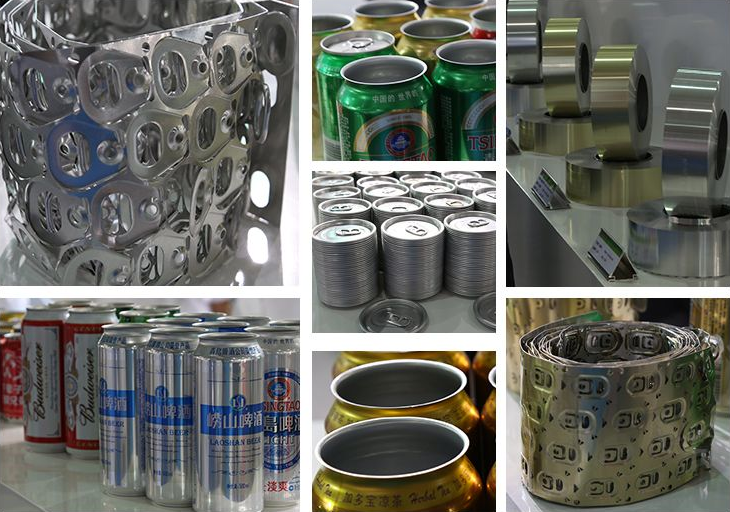Recycling of aluminum
With the development of social economy and the enhancement of people's awareness of environmental protection, aluminum material will inevitably become people's first choice in the future due to its advantages of diversity, environmental protection and unlimited recyclability that other materials cannot compare with. So we have to take into account the sustainability of our aluminum products, such as whether the raw material is raw aluminum or recycled aluminum, such as raw aluminum from bauxite mining and recycled aluminum before or after consumption have different impacts on sustainability.
By comparing recycled aluminum to primary aluminum production, we found that the former can reduce energy consumption by 95 percent while reducing greenhouse gas emissions (GHG) by 95 percent. However, even if we achieve 80% of this recycling target, we will still be using primary materials, but at a significantly lower rate. Therefore, if we want to realize the sustainable development of aluminum, we need to consider the impact of all primary aluminum and recycled aluminum production, including how to improve the sustainability of aluminum recycling. Therefore, how to effectively use the raw materials of aluminum products is an urgent problem we need to solve.
Our company has found that 75% of aluminum products produced since the industrial start of aluminum production in the 1980s are still in use today, because in addition to aluminum can be recycled, the expected service life of some aluminum products can last for decades (see chart). Therefore, how to recycle post-consumer aluminum waste becomes the top priority in our sustainable work. Through consulting the global aluminum industry and recycling data, our company found that nearly 70% of aluminum cans in the world have been recycled, making it the packaging product with the highest recycling rate in the world. Because of its unlimited recyclability, except that recycled aluminum can be recast into its original shape, and can be reused for a very different purpose than the original product. These properties make aluminum ideal for advanced applications, even after repeated recycling. For example, the aluminum surface of a 50-year-old building can be recycled to make a new car engine without any loss of quality, and the recycled aluminum can can be resold in just 60 days.
